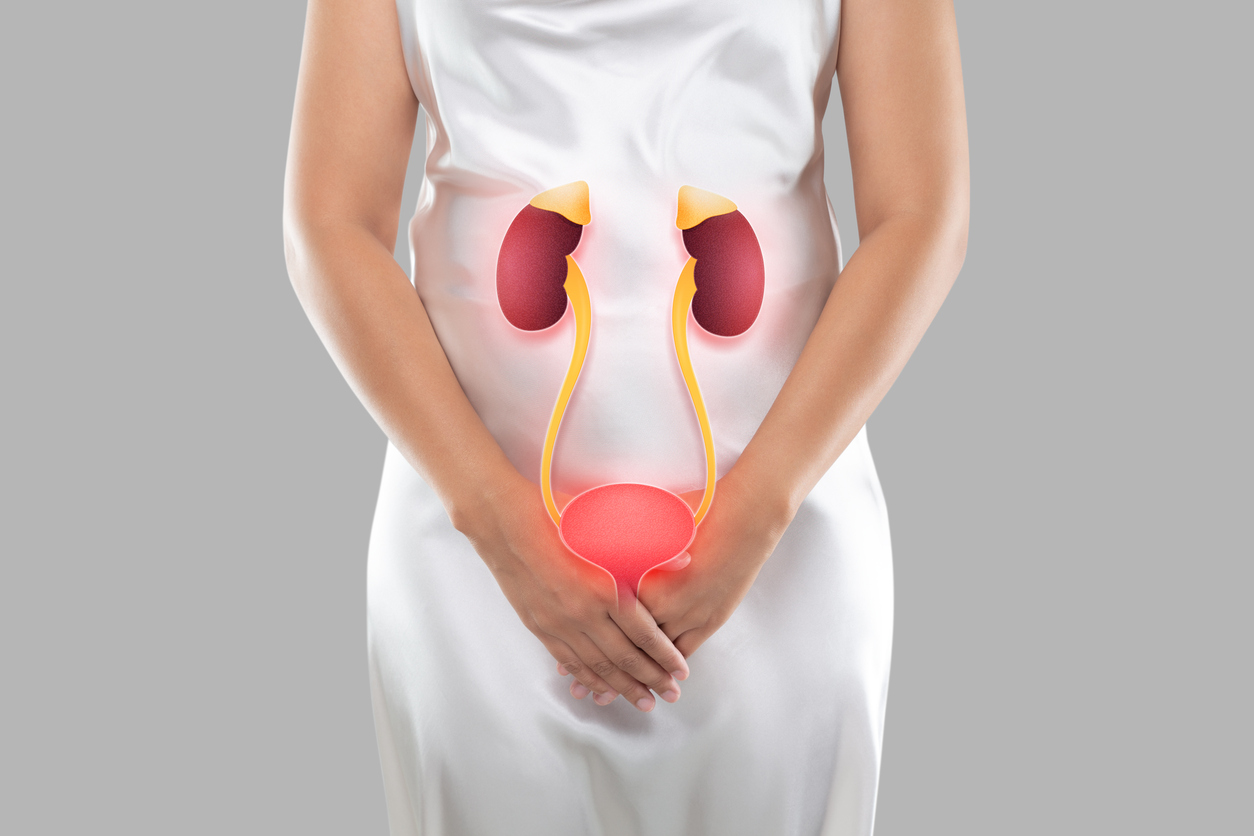
Understanding Bladder Endometriosis and Its Treatment
Bladder endometriosis is a medical condition that affects a significant number of women worldwide. It involves the growth of endometrial-like tissue on or in the bladder. This article aims to provide an understanding of bladder endometriosis, how it is diagnosed, and the surgical procedures involved in its treatment.
Table of contents
What is Bladder Endometriosis?
Bladder endometriosis is a subtype of endometriosis, a condition in which cells similar to those that make up the lining of the uterus (endometrium) grow outside of it. In bladder endometriosis, these cells grow in or on the bladder. This can lead to various symptoms, including urinary frequency, pain during urination, and even blood in the urine.
Read More: https://icarebetter.com/can-endometriosis-be-treated-without-surgery/
Epidemiology and Etiology
Bladder endometriosis is relatively uncommon, occurring in approximately 1-2% of all women with endometriosis. It is most frequently diagnosed in women of reproductive age, with an average age of diagnosis around 35 years. Studies have suggested that heritability may play a role in the development of bladder endometriosis, with some women having a family history of the condition.
The exact cause of bladder endometriosis is still being researched. However, four main theories have been proposed:
- The embryonal theory suggests that bladder endometriosis originates from Müllerian remnants in the vesicouterine/vesicovaginal septum.
- The migratory or metastatic theory suggests it is an extension of an adenomyotic nodule of the anterior uterine wall.
- The transplantation theory posits that it results from the implantation of regurgitated endometrium.
- The iatrogenic theory suggests it occurs after pelvic surgery, such as cesarean delivery or hysterectomy.
Symptoms of Bladder Endometriosis
The symptoms of bladder endometriosis can vary from person to person, but often include one or more of the following:
- Frequent urination: The need to urinate often is a common symptom.
- Dysuria: This is a term for pain or discomfort during urination.
- Hematuria: This refers to blood in the urine, which may be visible or detected on a urine test.
- Lower abdominal pain: Some patients may experience pain in the lower abdomen, often worsening during menstruation.
- Recurrent urinary tract infections: Some women may have frequent UTIs.
Read More: https://icarebetter.com/can-endometriosis-grow-inside-the-bladder/
Diagnosis of Bladder Endometriosis
Diagnosing bladder endometriosis can be a complex process, as the symptoms can mimic other conditions such as recurrent cystitis or bladder infections. Various diagnostic modalities are used in the preoperative assessment of bladder endometriosis. These include:
- Transabdominal and transvaginal ultrasound: These are the initial investigations of choice for suspected bladder endometriosis due to their immediate availability and easy access.
- Magnetic resonance imaging (MRI): This imaging technique can not only delineate the morphologic abnormalities of bladder endometriosis but can also potentially identify other common sites.
- Cystoscopy: This procedure allows doctors to view the inside of the bladder and urethra using a thin, lighted instrument.
- CT urogram or MRI urogram: These tests involve injecting intravenous contrast material (a type of dye) into the urinary bladder to obtain images of the urinary tract.
Treatment of Bladder Endometriosis
The treatment of bladder endometriosis typically involves surgery, as medical management is often not effective for this condition. There are several surgical options, including:
- Transurethral resection: This procedure involves the removal of the endometriotic tissue through the urethra using a special instrument.
- Partial cystectomy: This procedure involves the removal of a part of the bladder that is affected by endometriosis.
- Laparoscopic surgery: This is a minimally invasive procedure where small incisions are made in the abdomen to remove the endometriotic tissue.
It’s important to note that the choice of treatment depends on various factors, including the size and location of the endometriotic lesions, the woman’s age, and the presence of other associated conditions.
Long-term Outcomes and Recurrence
Studies have shown that surgical treatment of bladder endometriosis can lead to good results in terms of pain relief and improvement in urinary symptoms. However, endometriosis is a chronic condition, and there is a risk of recurrence. The overall recurrence rate of symptoms is about 30% for combined therapies and about 35% for hormonal treatment alone. Regular follow-up visits are essential to monitor for any signs of recurrence and to manage any ongoing symptoms.
Read More: https://icarebetter.com/can-endometriosis-on-ureter-cause-kidney-shooting-back-pain/
Conclusion
Bladder endometriosis is a challenging condition that requires a comprehensive approach to diagnosis and treatment. It is crucial for women to be aware of the symptoms and to seek medical advice if they are experiencing any urinary problems or pelvic pain. With appropriate treatment, most women with bladder endometriosis can achieve significant relief from their symptoms and improve their quality of life.
References:
https://www.ncbi.nlm.nih.gov/pmc/articles/PMC3016174/
https://karger.com/uin/article/89/3/249/322520/Diagnosis-and-Treatment-of-Bladder-Endometriosis

